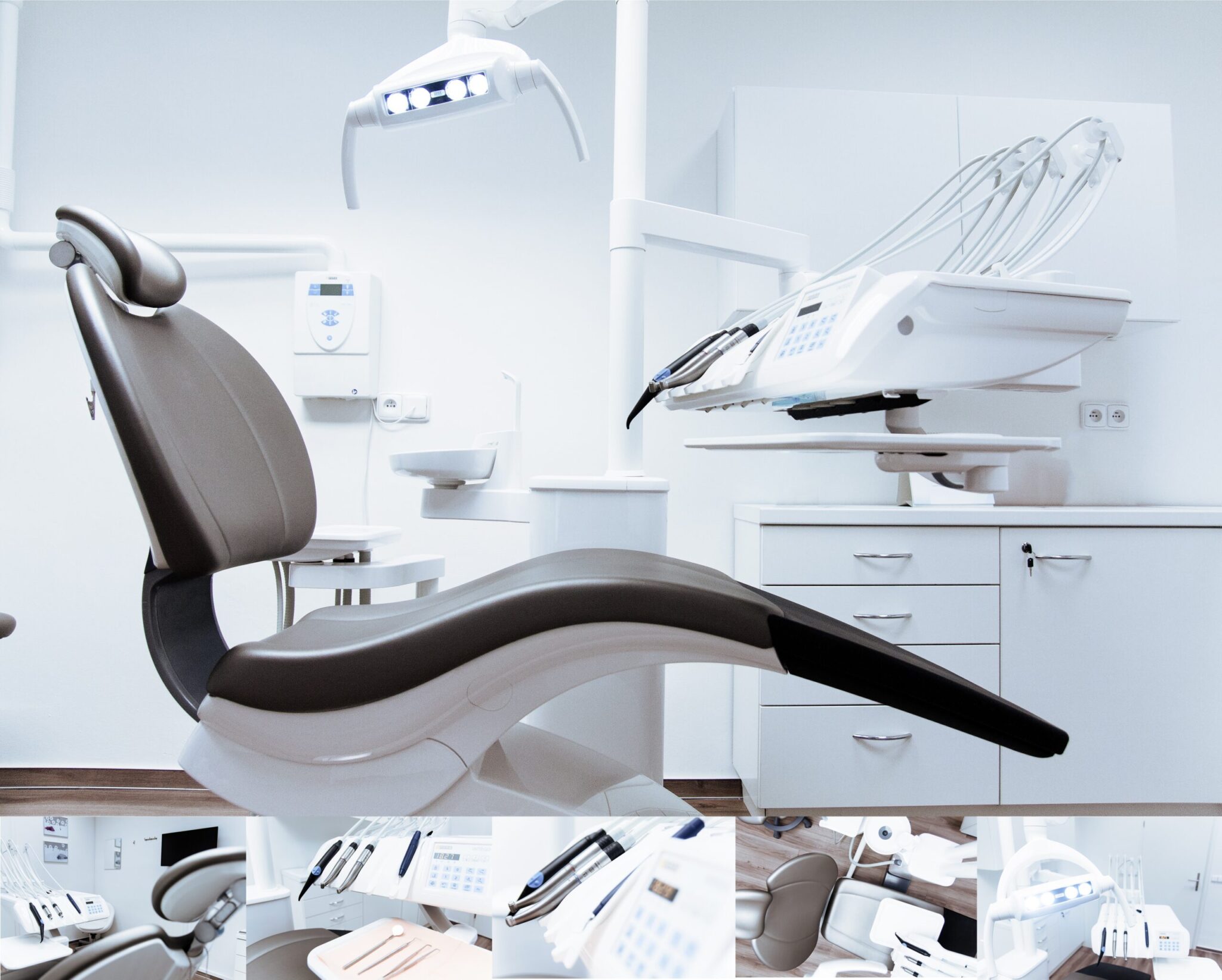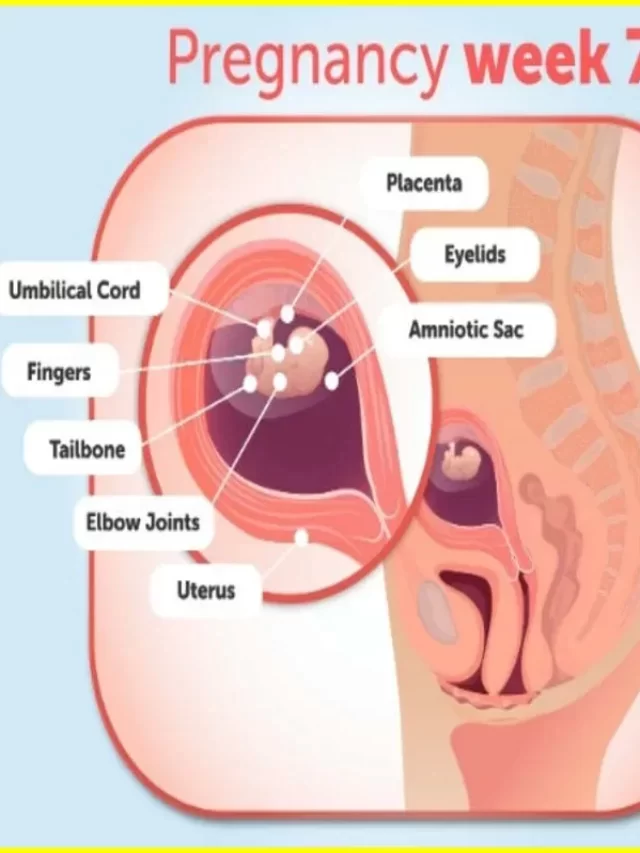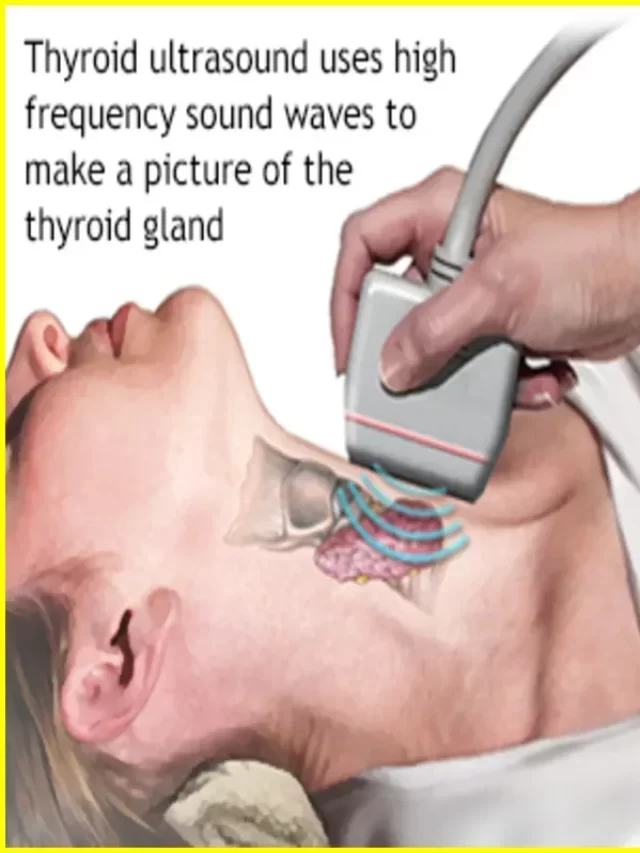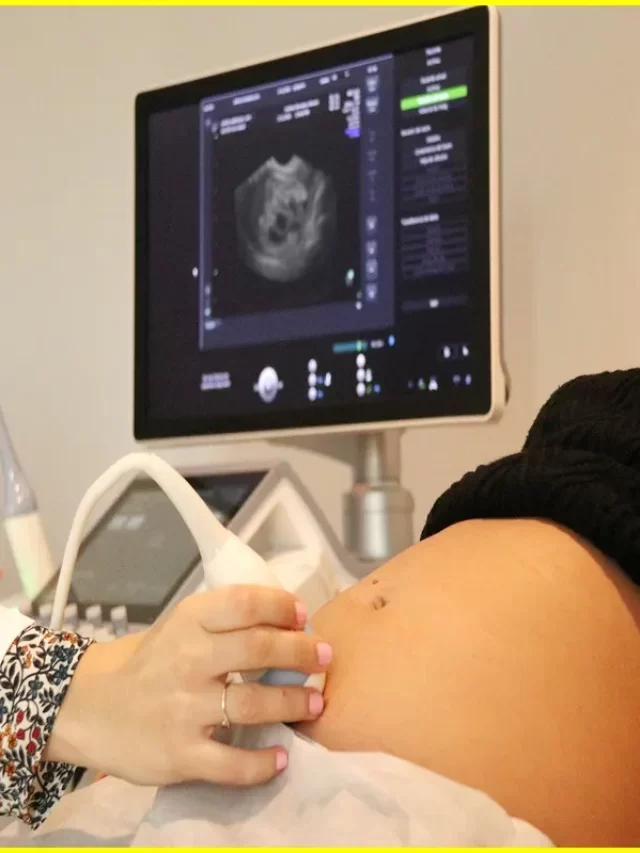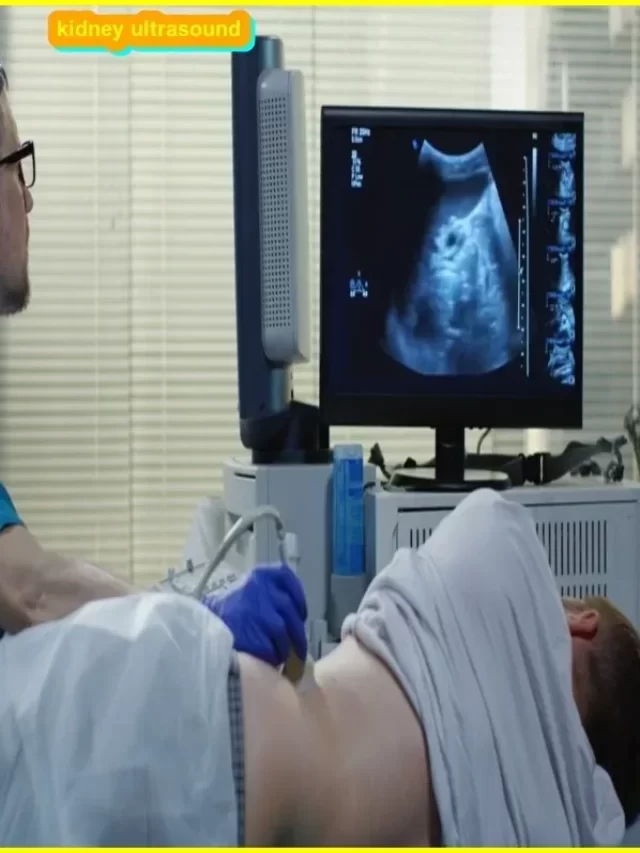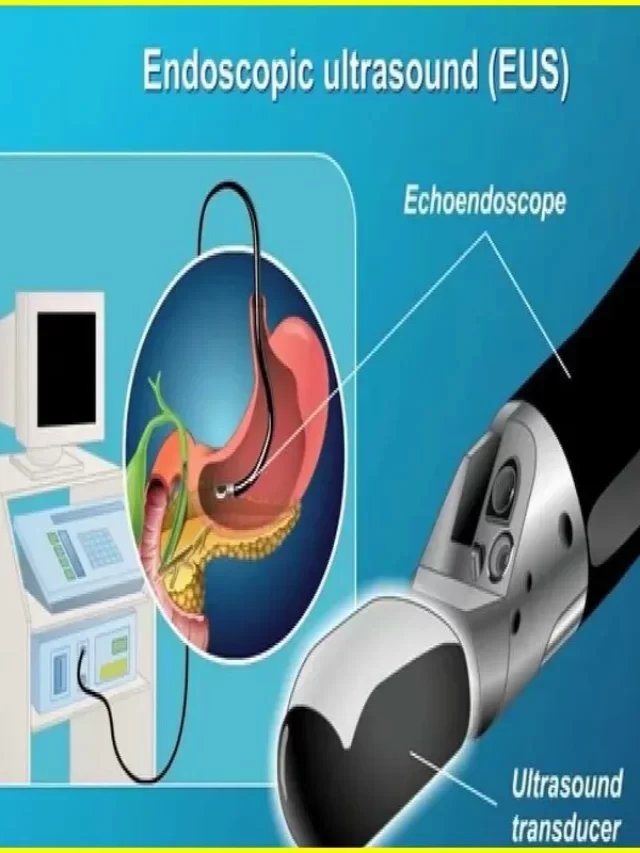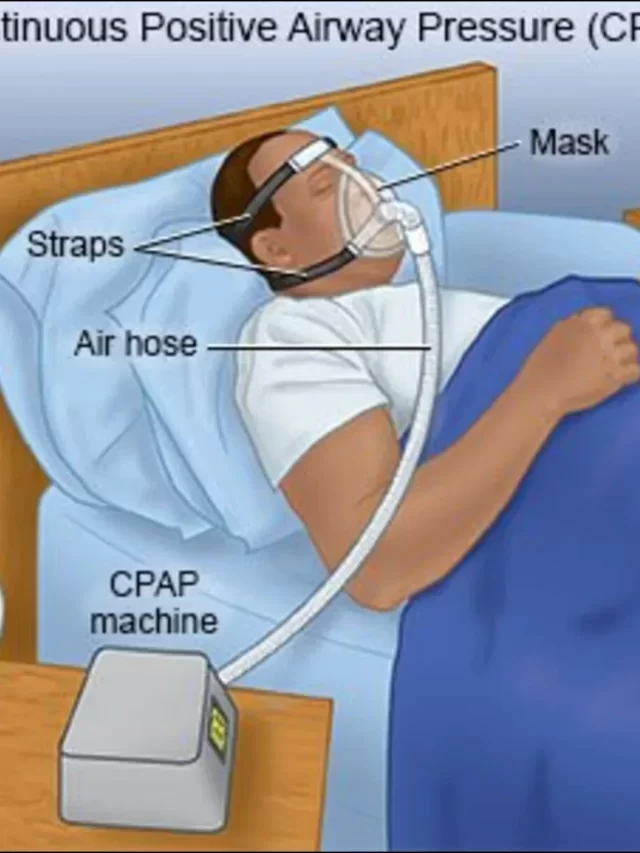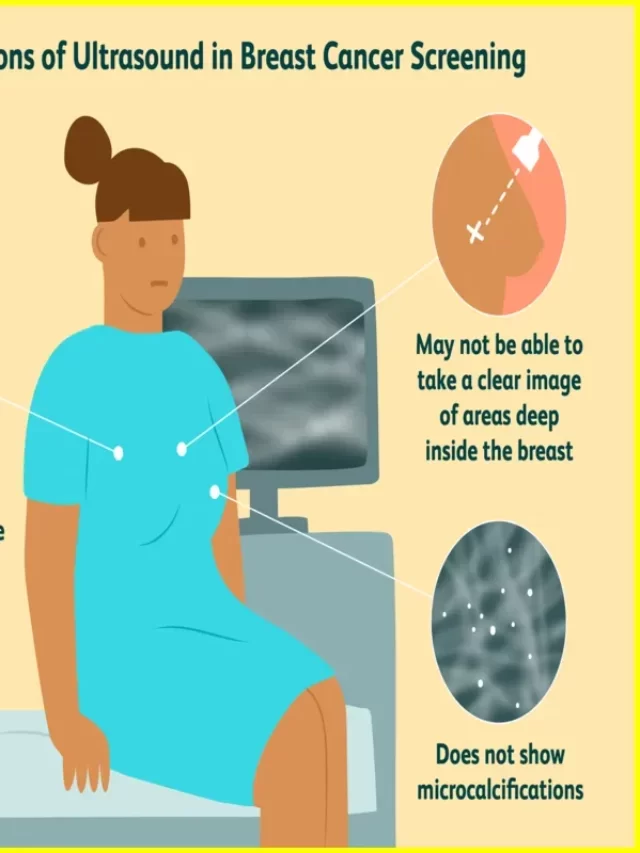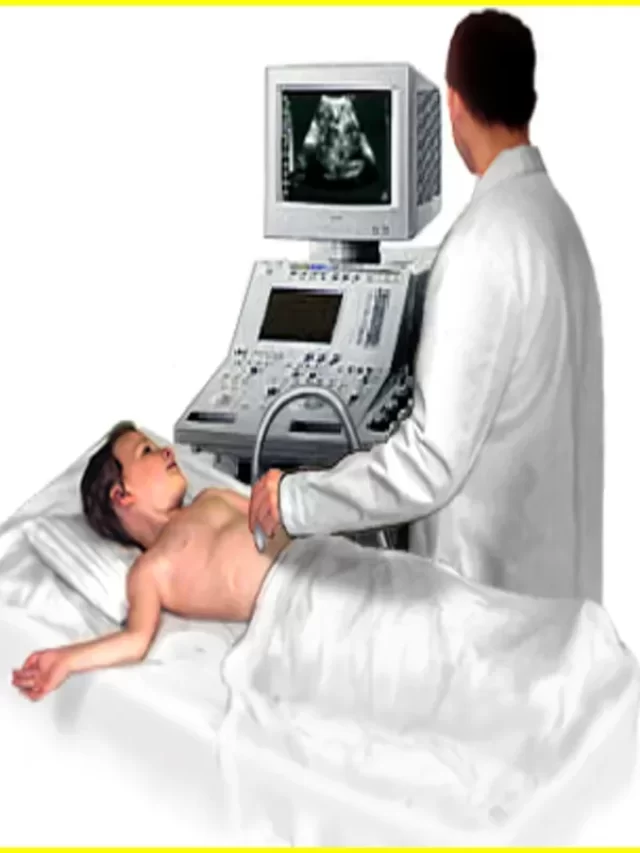What is Dental chair unit
Are you curious about the dental chair and how it works? Whether you’re a dentist, patient, or just someone who wants to learn more about this crucial piece of dental equipment, you’ve come to the right place. In this blog post, we’ll explore the best definition of the dental chair and its working principle in 2023. From its various features to its importance in providing quality oral care services, we’ll cover everything you need to know about this essential tool that has revolutionized the field of dentistry. So sit back and relax (or lean forward comfortably) as we delve into the fascinating world of dental chairs.
The purpose of a dental chair is to provide all the facilities such as cleaning, anesthetic gas, different types of tools, X-ray attached at one place, and comfort to the patient.
for all dental treatments, dental chairs are used such as scaling, tooth cutting, tooth extraction, taking the x-ray, for RCT, implant, etc, and dental surgery. more comfortable treatment for patients by high-speed & low-speed handpiece.
Introduction to Dental Chairs
A dental chair is a specialized chair used by dentists during dental procedures. It is equipped with various features and accessories that allow the dentist to comfortably and efficiently carry out dental procedures. The dental chair typically has a reclining backrest, adjustable headrest, armrests, and footrest. It may also have a built-in water supply and suction system, as well as storage compartments for dental instruments and materials.
Article About:- Health & fitness
Article About:- Medical Technology
Article About:- IR News
Article About:- Sports
Different Types of Dental Chairs
Dental-chairs come in a wide variety of shapes and sizes, each designed for a specific purpose. The most common type of dental chair is the reclining dental chair, which is designed for comfort and ease of use. Other types of dental chairs include the pediatric dental-chair, the bariatric dental chair, and the mobile dental chair. Each type of dental chair has its own unique features and benefits that make it ideal for different situations.
Benefits of Using a Dental Chair
A dental-chair is a specialized chair that is used by dentists to help them perform various dental procedures. There are many benefits of using a dental chair, including the following:
1. Increased comfort for patients: Dental-chairs are designed to be extremely comfortable for patients, which can help put them at ease during dental procedures.
2. Improved access to the mouth: The positioning of a dental-chair gives dentists much better access to the mouth than a regular chair would. This allows them to more easily and effectively perform various dental procedures.
3. Greater stability: Dental-chairs are designed to be very stable, which helps to minimize movement during dental procedures and ensures that patients remain comfortable throughout.
4. Enhanced safety: The use of a dental-chair can help to improve safety for both patients and dentist alike by providing greater stability and improved access during procedures.
Dental light important in the dental unit
A dental light is use for the polymerization of resin-based composites. It is use for treating dental material.
It can LED-base lighting. for seeing the proper view of the operating area. for classifying problems inside of the mouth.

Working Principle of the Dental Chair
A dental-chair is a specialized chair that is used by dentists during dental procedures. The dental chair has many features that enable the dentist to effectively and efficiently perform their job. The following is a description of the working principle of the dental-chair.
The dental-chair consists of a seat, backrest, armrests, and footrest. The seat is adjustable so that the dentist can position the patient’s head in the proper position for the procedure being performed. The backrest reclines so that the patient’s head is in line with the dentist’s work area. The armrests are adjustable so that the dentist can position their arms in the most comfortable position for them. The footrest provides support for the patient’s feet during dental procedures.
The dental-chair also has several controls that enable the dentist to operate it. These controls include a switch to turn on/off the light, a switch to raise/lower the backrest, and switches to control the movement of the seat and armrests. There are also controls for operating other features of the dental-chair, such as a suction system and water supply.
The dental-chair works on the principle of pneumatics or mechanics for one or the other handpieces. In a dental-chair, the up-down and the forward-backward of the chair are controlled by two DC motors named up-down motor and backrest motors,
and the air rotors air motors are worked with the help of air and water air is supplied by the compressor. Cut tooth by the handpiece, use suction, clean mouth by 3-way syring.
All the equipment attached with chair & chair connected with the compressor
Environmental inspection factors in the preventive maintenance of a dental chair
proper cleaning of the dental chair, suction unit, spitoon unit, oiling of air rotors, ups or servo stabilizer for preventing voltage fluctuations, use distillation water only in bottle.
1. Hand hygiene and latex hypersensitivity.
2. Sterilization of unwrapped instrument.
3. Dental water quality concerns.
4. Contact dermatitis.
Safety concerns with a Dental Chair
A device a cone beam CT scanner is use for 3d images of teeth etc. Emits more radiation which can be hazardous.
The pneumatics of the chair works properly or not. The ultrasonic cleaning tube is working properly.
Common problems in a dental chair
1. Foot/rheostat control located at the bottom of the chair.
2. Infection control the pathogenic infection located on the handpiece of the chair.
3. Water control controls the flow of water present on the handpiece of the chair.
4. Voltage fluctuations, air, water leakage, suction chocked, etc.
5. Physical strain.
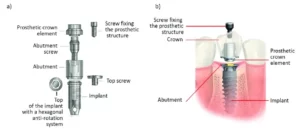
6. No turning back.
7. Less lubrication. More friction.
8. Synthetic covers.
9. Accumulation of dust easily.
Doctor’s Controls
Located on the backrest on the right side of the chair (viewed from the back)
Assistant’s Controls
Two switches on the assistant’s side (left) of the chair
(1) Same function as the doctor’s controls (except doctor’s bottom switch)
(2) The AUTO/MANUAL mode toggle switch under the chair. The doctor’s lowermost switch only operates if this toggle switch is set to AUTO.
Pedestal Controls
One footswitch at the rear of the chair that can operate from either side: • forwards to raise, backward to lower the chair
The main function of the dental chair
1. diagnosis
2. Prevention.
3. Treatment of the patient’s disorders related to the oral cavity.
A dental treatment unit is a utility outlet and standby tool for dentists which provides:
- Tools used by the dentist (drills, etc.).
- Delivery of water, air, and suction to the patient.
- The removal of expectorated waste (spit) and foreign matter from the patient’s mouth.
1. It hurts badly.
2. Sometimes if not controlled it may burn.
3. This dental curing light quickly starts curing it falls on composites. Dentists had to excavate the composites and again start the process.
Latest Technology and Trends in the Field of Dental Chairs
The dental chair is one of the most important pieces of equipment in a dentist’s office. It is the chair that the dentist sits in while performing dental procedures. There are many different types of dental-chairs available on the market today. Some of the latest technology and trends in the field of dental-chairs include:
1. Ergonomic Design: One of the latest trends in dental-chairs is ergonomic design. This means that the chairs are designed to be as comfortable as possible for both the dentist and the patient. Ergonomic chairs have adjustable seat heights, backrests, and armrests to ensure that both the dentist and patient are able to maintain proper posture during dental procedures.
2. LED Lighting: Another trend in dental-chairs is LED lighting. This type of lighting is more energy-efficient than traditional incandescent bulbs, and it also provides a brighter light source for performing dental procedures. LED lights can help to reduce eye strain for both the dentist and patient, and they can also provide a more sterilized environment during procedures.
3. Touchscreen Controls: Many newer models of dental-chairs now come with touchscreen controls. This allows the dentist to control all aspects of the chair with just a few simple taps on the screen. Touchscreen controls can make it easier to adjust settings during procedures, and they can also help to reduce cross contamination by eliminating the need for physical buttons or switches.
How to Choose the Right Type of Dental Chair?
There is a wide range of dental chairs on the market, and it can be difficult to know which one is right for your needs. Here are a few things to consider when choosing a dental chair:
- The type of dental procedure you will be performing. Some chairs are better suited for certain procedures than others.
- The size of your patient. You’ll want to make sure the chair is comfortable for both you and your patient.
- Your budget. There is a wide range of prices for dental chairs, so it’s important to find one that fits your budget.
Keep these factors in mind when choosing a dental chair, and you’ll be sure to find the perfect one for your needs.
Maintenance Tips for a Properly Functioning Dental Chair
Dental-chairs are an essential piece of equipment in any dental office. They are designed to provide a comfortable, ergonomic working environment for both dentist and patient. Proper maintenance of your dental chair is essential to ensure its longevity and proper functioning. Here are some tips on how to keep your dental chair in top shape:
1. Regularly clean and disinfect the dental chair, using a mild soap or sanitizer and a soft cloth. Pay special attention to areas where food debris and saliva can accumulate, such as the headrest, armrests, and footrest.
2. Inspect the dental chair regularly for any signs of wear or damage. If you notice any cracks, tears, or other damage, have the chair repaired or replaced as soon as possible.
3. Make sure that all moving parts on the dental chair are properly lubricated. This includes the swivel mechanism, tilt mechanism, and any adjustable components.
4. Keep the upholstery clean and free of stains by spot-cleaning as necessary with a mild soap or upholstery cleaner. If the upholstery is badly stained or damaged, consider having it replaced.
5. Check the electrical components of the dental chair regularly to make sure they are working properly. If you notice any frayed wires or loose connections, have them repaired or replaced by a qualified technician immediately .
Dental Chair Summary
In conclusion, a dental-chair is an essential piece of equipment for any dentist’s office. It must provide comfort and ease of access to the patient during treatments and examinations. Many modern models are equipped with advanced features such as adjustable backrests or adjustable headrests as well as automated operations. Knowing the working principle behind these chairs can help dentists make informed decisions when choosing which model best suits their needs in 2023 and beyond.
